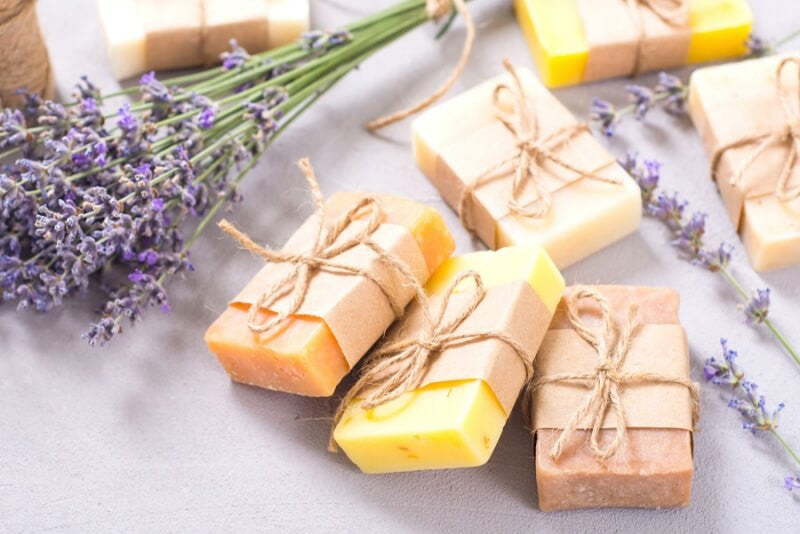So you need to have an idea what exactly is cold process soaps first and the types of soaps that actually exist in the market in the first place. FYI I am Neil Patel Prop Myvia Soaps and not a AI ( A way to make us less Intelligent ) Robot, just an average Joe Soap Maker and owner of Myvia Soap , a dedicated company to make Coconut Oil Based Sustainable and Chemical Free or Some Times Less Chemical Based Cleaning Soaps and Cosmetics .
I will write as if I talk and when I Talk I go through a lot of topics all to gether so you guys can get confused yet it all makes sense ,there by giving another proof that I am not a robot …..You want another proof …..FCUK Algorithm, Thats a Jew way of saying Hitler that he can FCUK him self.
Any way coming to the topic…..Cold Process Soaps….
So all in all as per my best knowledge there are 3 types of Soaps
- Cold Process Soaps ( Supreme ) Least Chemical Based- 80-90 % Pure Oils / 20-10 % Lye Solution - aka Sodium Hydroxide Solution
- Glycerin or Melt and Pour Soaps ( Ok Ok Semi Chemical Based ) - Roughly 60 % Chemicals
- Noodle Soap ( the Worst ) 100 % Synthetic Soap
Lets Focus on the Best that is Cold Process Soaps
Cold Process Soaps are made from a saponification reaction where an Oil is mixed or blended with a Lye Solution ( NaOH + water ). Once they are mixed an exothermic ( Heat Emitting ) reaction happens and then the batter starts becoming slowly thick . Remember it was nearly 70-80 % Oils which are there in making cold process so the batter is as such thicker, but when mixed with lye solution a more thicker batter happens.
That thicker batter is proof that the soap is coming to Trace and it is ready to Pour in the mold.
Before Pouring to the mold we can add additives like Mica/Clays / Aromatic Oils/ Herbs .
Once they all blend in equally in a homogenized mixture it is ready to pour and walla ….½ the Job is done.
Now we need to wait for 24-48 Hours, after that we unmold the soap from the mold and keep the soap for drying or as us soap makers at Myvia Soaps says Curing. It usually takes 2-4 weeks to cure. What happens in the curing process is that the excess Moisture and Lye Solution Gets oosed out and the reaction which is still happening in the soap by the way gets really going and Proper bonding of Oils ( fatty Acids ) and Lye ( Alkali ) happens. And after 2-4 weeks of patience we have a cold process Soap which was made with no equipment as such apart from a hand blender.
No energy was used during the process, no chemicals as such apart from Lye ( less than 8-15% ) used, no preservative added , no artificial colors or perfumes added and we have a almost 90 % natural hand made , hand designed Cold Process Soap.
I don't know who reads this blog and yes I am writing this blog for the sake of SEO lets face it Google is a Bitch but tell me bro, is there any thing this pure….Need to understand the hard work the patience and a completely eco friendly non polluting process of this kind of soap making and we at Myvia Soaps are proud Cold Process Soap Makers.
So if you have not slept yet, you can visit my Shopify web site www.myviasoaps.com and give it a go…..Yours Sincerely and Harshly Truthfully Neil Patel , Prop Myvia Soaps….

